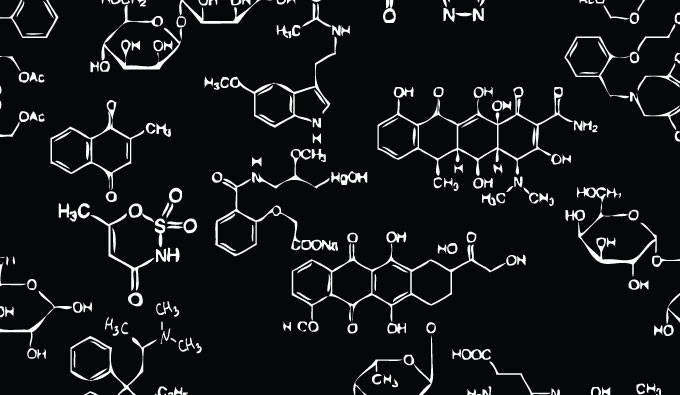Metformin isn’t a new drug. In fact, it’s been used for more than 50 years for various medicinal reasons including to prevent or slow the growth of some cancers, or as a treatment for type 2 diabetes. Up until recently, the mechanism behind these anticancer effects was unknown, but now a group of HMS researchers at Massachusetts General Hospital may have just found the answer.
The team discovered that there’s a clear pathway that seems to underlie the drug’s ability to stop the growth of human cancer cells and extend the life of the roundworm Caenorhabditis Elegans, which plays a vital role in a number of different organisms. “We found that metformin reduces the traffic of molecules into and out of the cell’s nucleus,” advised Alexander Soukas, an HMS assistant professor of medicine and senior author of the study. “Reduced nuclear traffic translates into the ability of the drug to block cancer growth. Remarkably, this reduced traffic is also responsible for metformin’s ability to extend lifespan.”

In regards to treating type 2 diabetes patients, metformin helps to lower the blood glucose levels by reducing the liver’s ability to produce glucose. When it came to fighting against breast, prostate, and pancreatic cancers, metformin appeared to rely on two elements of a single genetic pathway. These were the nuclear pore complex and an enzyme called ACAD10. Soukas explains, “Our experiments showed two important things. If we force the nuclear pore to remain open or if we permanently shut down ACAD10, metformin can no longer block the growth of cancer cells. That suggests that the nuclear pore and ACAD10 may be manipulated in specific circumstances to prevent or even treat certain cancers.”
More News to Read











